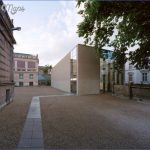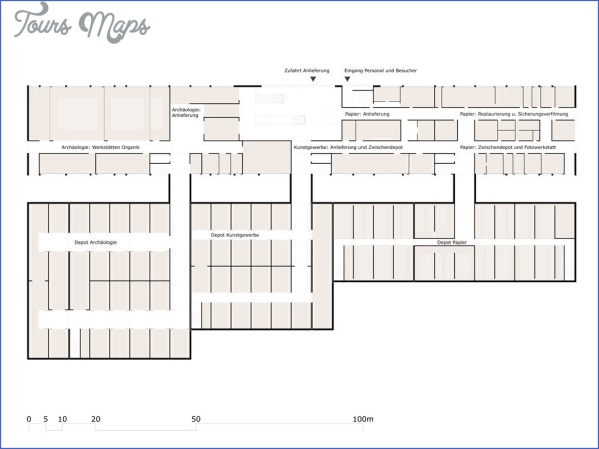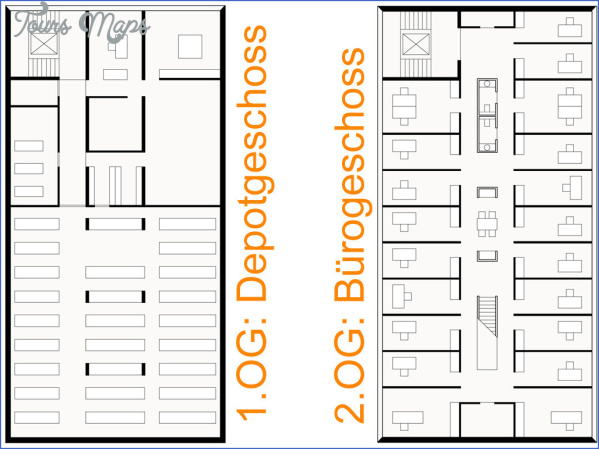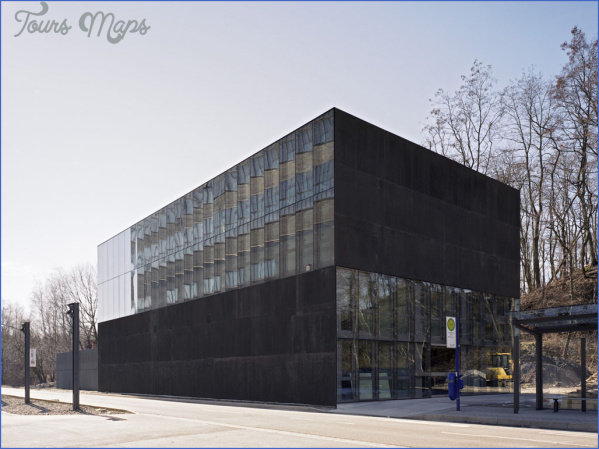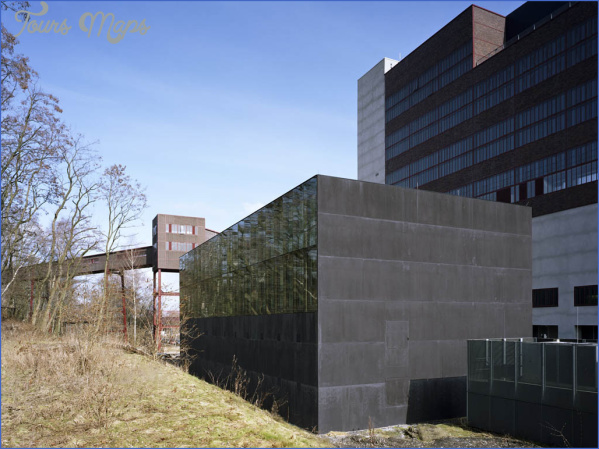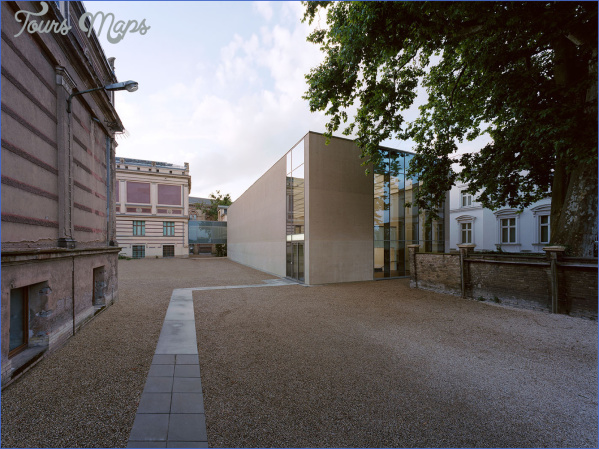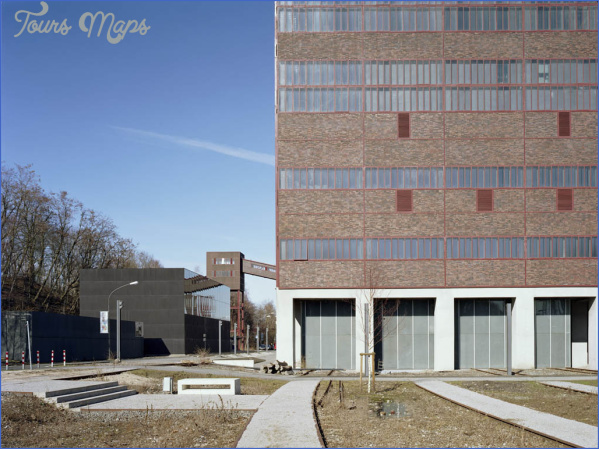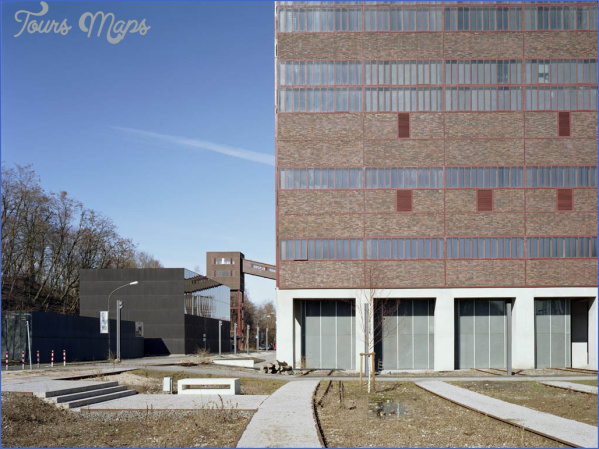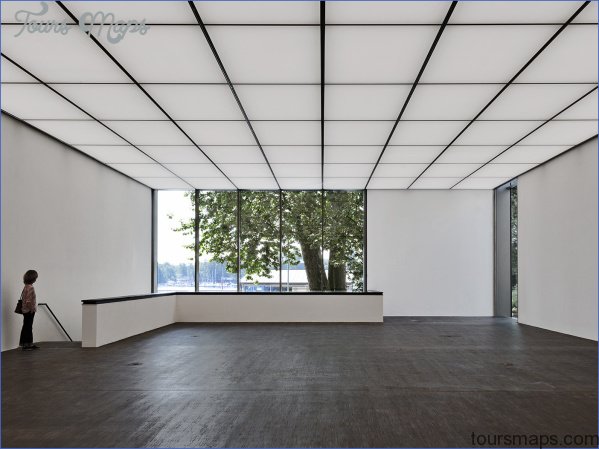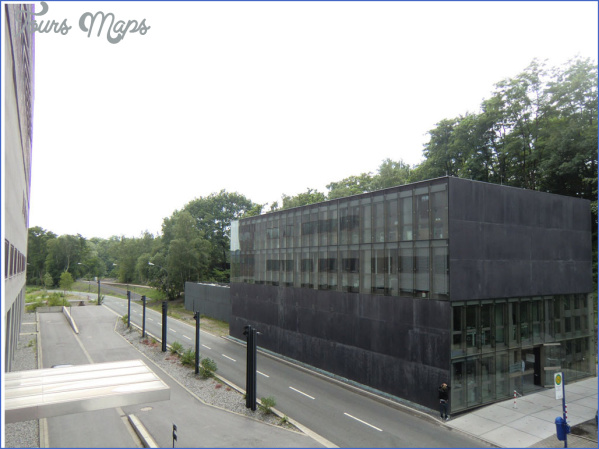SCHEIDT MUSEUM
After Handel, Samuel Scheidt (1587-1654) is Halle’s most important native musician. But unlike Handel, Scheidt spent his whole life in the city, except for a period of study with Sweelinck in Amsterdam, in various appointments as organist and Kapellmeister to the resident administrators, Margrave Christian Wilhelm of Brandenburg and later Duke August of Saxony. His career was much affected by the Thirty Years War, which in 1625 brought to an end his most productive period; during the early 1620s he was responsible for raising the calibre of music-making in Halle by attracting fine musicians to the court, for whom he composed and published a dazzling array of collections of motets, vocal concertos, ensemble music and organ music. During a 13-year period in the 1620s and 30s when Halle was without a royal protector Scheidt made his living mainly as an organist and teacher, and continued to compose (four volumes of Geistliche Concerte were published between 1631 and 1640). Owing to the impoverishment of war, an epidemic of plague afflicted Halle in 1636; all four of Scheidt’s children died within a month.
SCHEIDT MUSEUM Photo Gallery
A small room on the second floor of the Handel-Haus is dedicated to Scheidt as part of a series devoted to the musical history of Halle. The walls are lined with facsimiles of manuscript documents from the city archives, title-pages of his publications and an engraved portrait. There is also an enlargement of an old photo of the house in DachritzstraSe, just north of the Handel-Haus, where Scheidt died on 24 March 1654. The room includes a small display devoted to Michael Praetorius, Scheidt’s predecessor as Kapellmeister.
Maybe You Like Them Too
- Explore Angleton, Texas with this detailed map
- Explore Blavozy, France with this detailed map
- Explore East Lindfield, Australia with this detailed map
- Explore Bonferraro, Italy with this detailed map
- Explore Doncaster, United Kingdom with this detailed map





